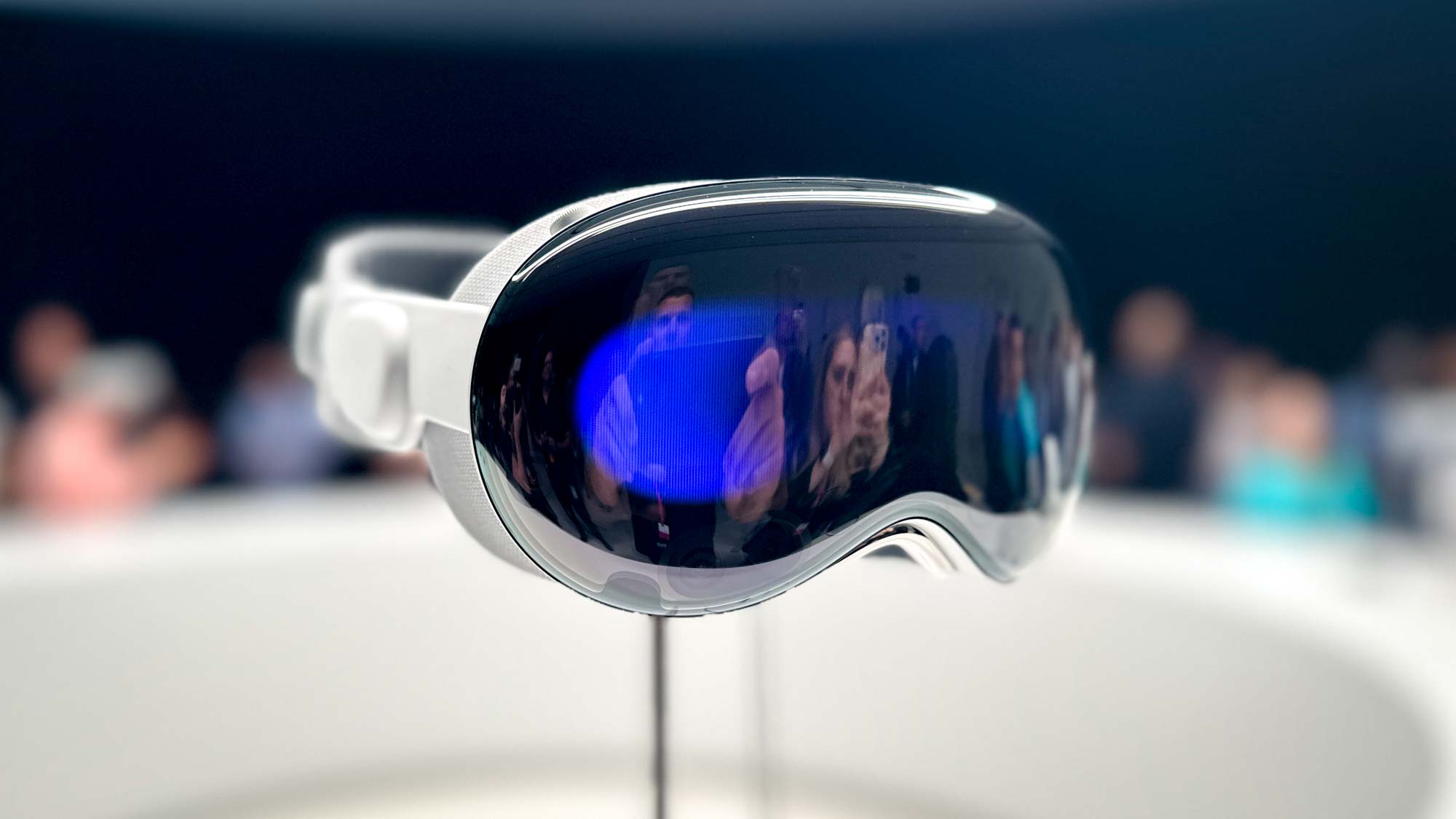Tom's Guide Verdict
Thanks to the relatively affordable price of the Canon EOS 6D Mark II, it's easier than ever for photographers to move into a full-frame DSLR.
Pros
- +
Touch Screen
- +
Fully articulated LCD
- +
Solid battery life
- +
Improved AF system
- +
Faster-than-average Live View and movie AF
Cons
- -
No 4K video
- -
Limited AF point coverage in viewfinder
- -
Single SD card slot
- -
UHS-1 speed support only
- -
Does not support EF-S lenses
Why you can trust Tom's Guide
Looking for a full-frame DSLR but don't want to spend upward of $2,000? Canon's EOS 6D Mark II (currently on sale for $1,299; MSRP $1,799) is a little old, but this 26-MP camera can shoot at 6.6 frames per second, and it has a number of smart features — such as a 45-point autofocus system and a fully articulated touch-screen LCD — that make it a pretty good deal, and enough to make it to our best DSLR cameras page.
Who is this camera for?
The Canon EOS 6D Mark II is a solid entry point into full-frame DSLR photography. With a slew of features, good image quality and performance, the price is right for those who want a full-frame camera without breaking the bank. The main caveat, as mentioned above, is its incompatibility with EF-S lenses, so if you have a big investment in those lenses for APS-C Canon cameras, then consider how much money you'll have to spend to update your lens collection.
MORE: Best DSLR Cameras
What I Liked
Good value for the dollar
Given the price of full-frame cameras — both DSLRs and mirrorless — the Canon EOS 6D Mark II offers good value for the money and is a comparatively affordable entry point to full-frame shooting. The camera also doesn't skimp on features and functionality, either. If you're a DSLR newbie or unfamiliar with some of Canon's naming and menu structures, just turn on the help guide for assistance.
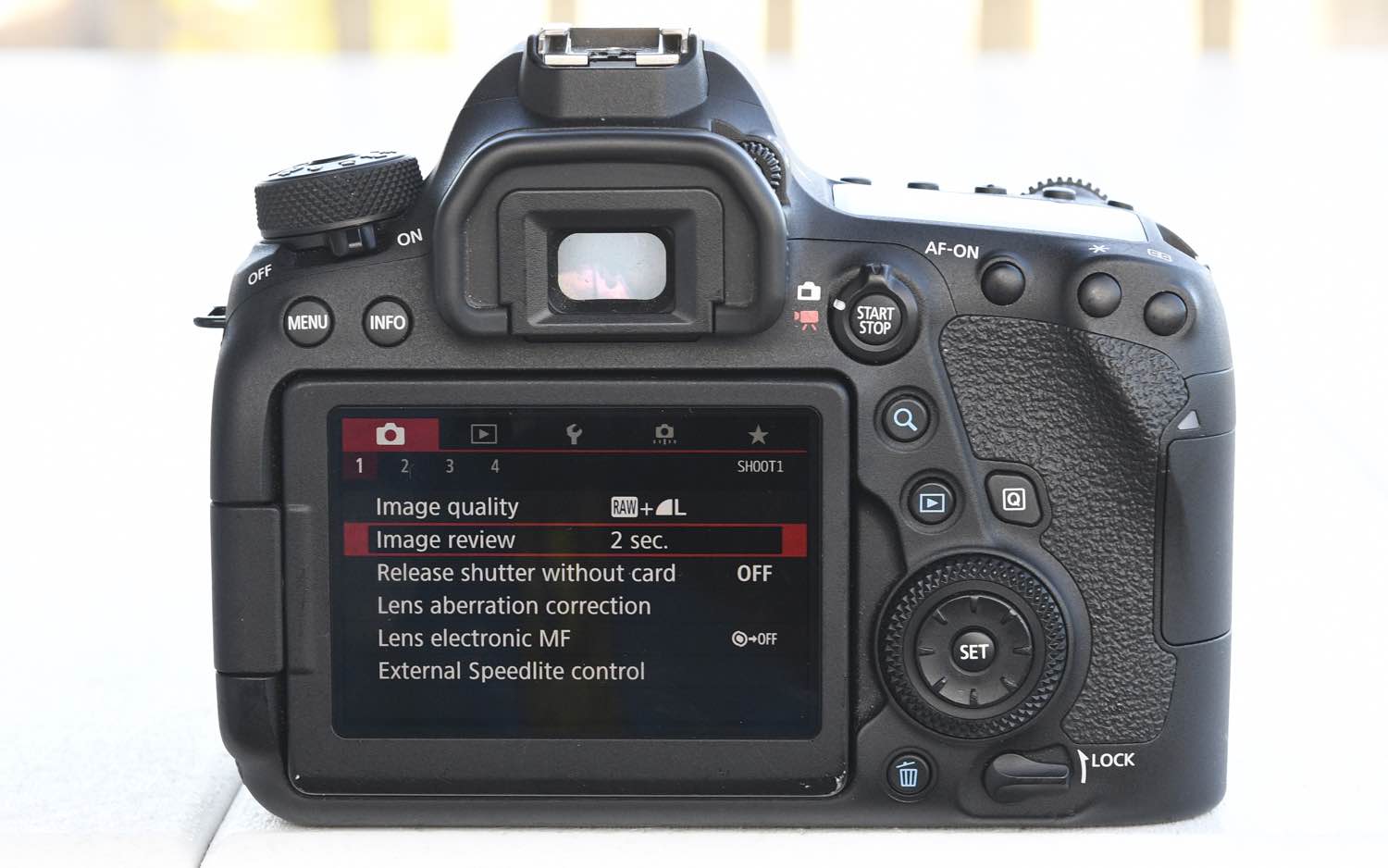
Custom functions
With 28 custom functions, you can access frequently used controls much faster. Even more helpful is the My Menu option. You can create up to five individual My Menu groups with up to six menu items for each custom group. Although it's most useful for settings that are buried deep in the menu system (like Speedlite control), it can also be used for more basic settings such as ISO.
Get instant access to breaking news, the hottest reviews, great deals and helpful tips.
Articulated touch-screen LCD
I’m a huge fan of articulated LCDs, so the fact that the 6D Mark II was the first Canon full-frame camera to deliver this type of monitor is a big plus. The 3-inch monitor makes it easy to shoot at angles – low or overhead – that might otherwise be physically uncomfortable with a fixed or tiltable screen. Vloggers and self-portrait artists (the camera and a lens is too heavy for a handheld selfie) can pull the screen out to the side, facing them, to record video or stills. And, perhaps best of all, the 6D II can be stored or carried with the LCD folded in against the camera back to protect it from accidental scratches.
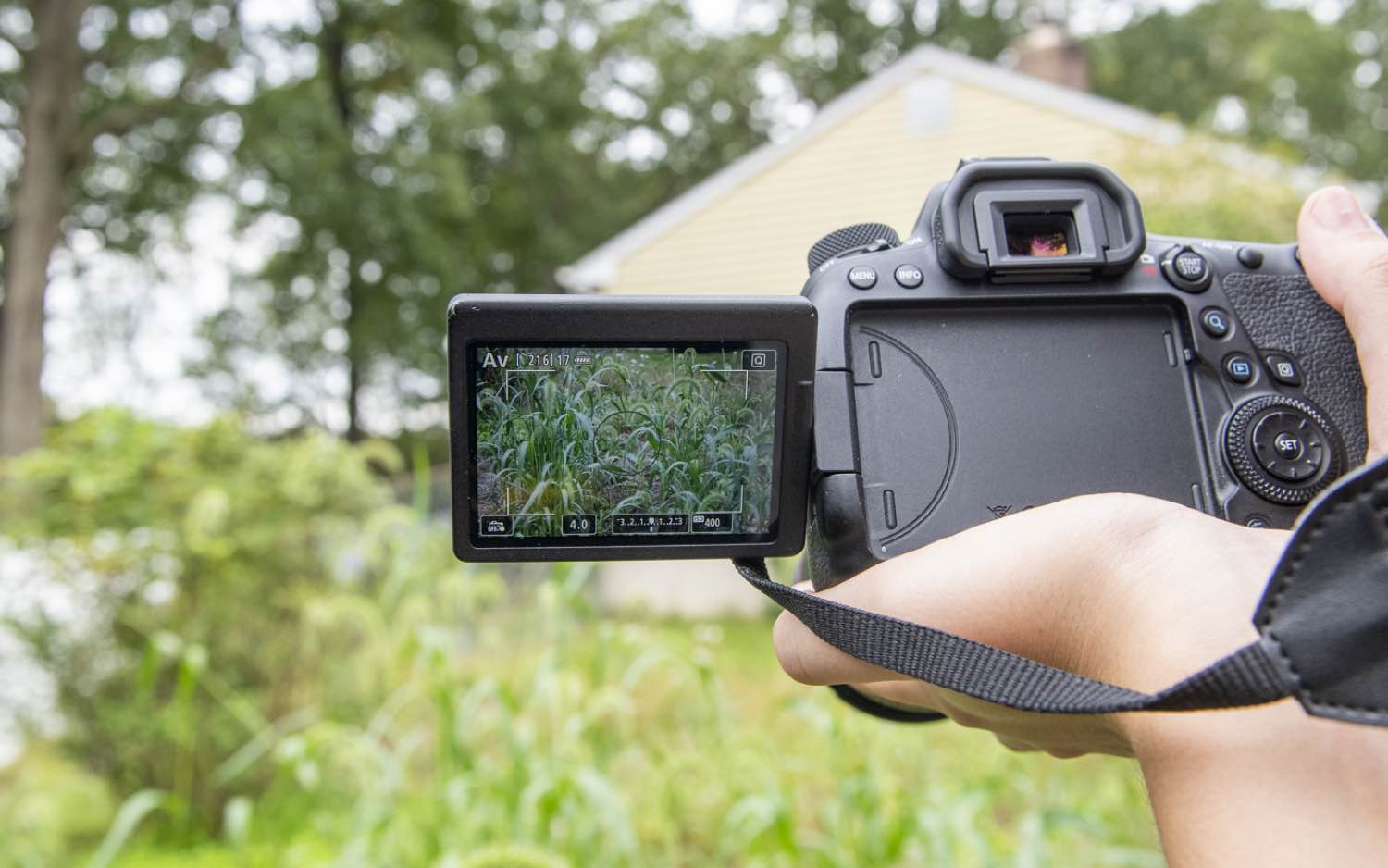
The touch screen is responsive, and can be used for everything from touch focus and touch shutter release to scrolling through menus and images in playback. Touch focus is especially helpful when shooting video, too. Although there is a slight delay "pulling focus" via the touch screen (changing focus from one focal plane or object to another), it's simple and intuitive.
Image quality and metering accuracy
Overall image quality is quite good, with true-to-life colors and generally sharp and detailed images. I found the evaluative metering mode and the Program and semi-automatic modes (aperture-priority and shutter-speed priority) capably handled exposures, even in high contrast situations. Skin tones were natural and auto white balance was generally accurate, although you have plenty of WB options within the camera.


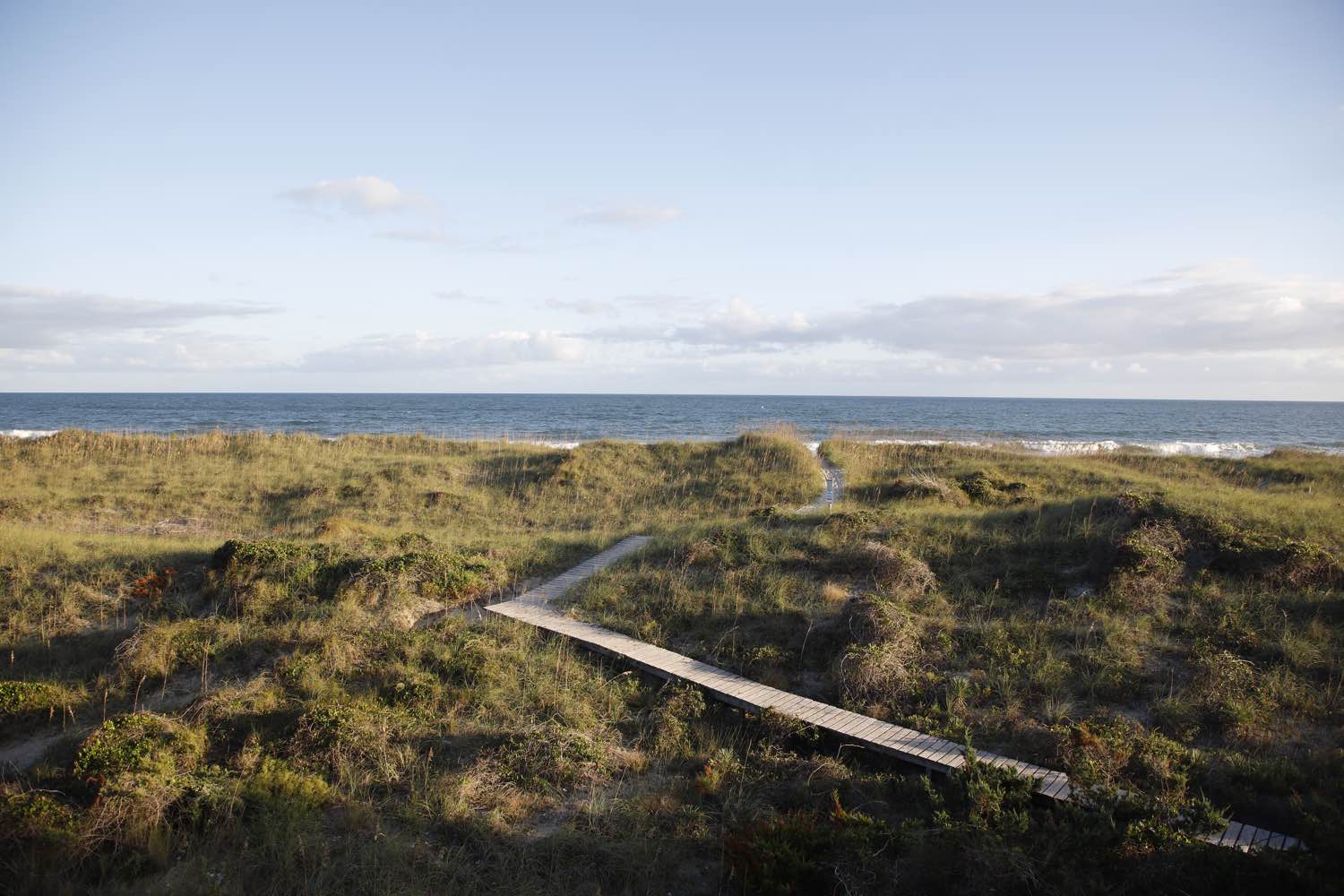
With an ISO range of 100-40,000 (extendable to 102500), the Canon 6D Mark II performs fairly well in low light/high ISO conditions. I felt comfortable shooting at ISO 3200 and even combined with a long exposure (see image below), images weren't as noisy as anticipated straight out of the camera. Any higher than that and image noise starts to creep in.


Updated AF system and Dual Pixel CMOS
Canon provided a major AF update with the 6D Mark II. The 45-point, all cross-type system that’s used when shooting through the optical viewfinder is a vast improvement over the original 6D's 11-point system with only a single cross-type sensor.
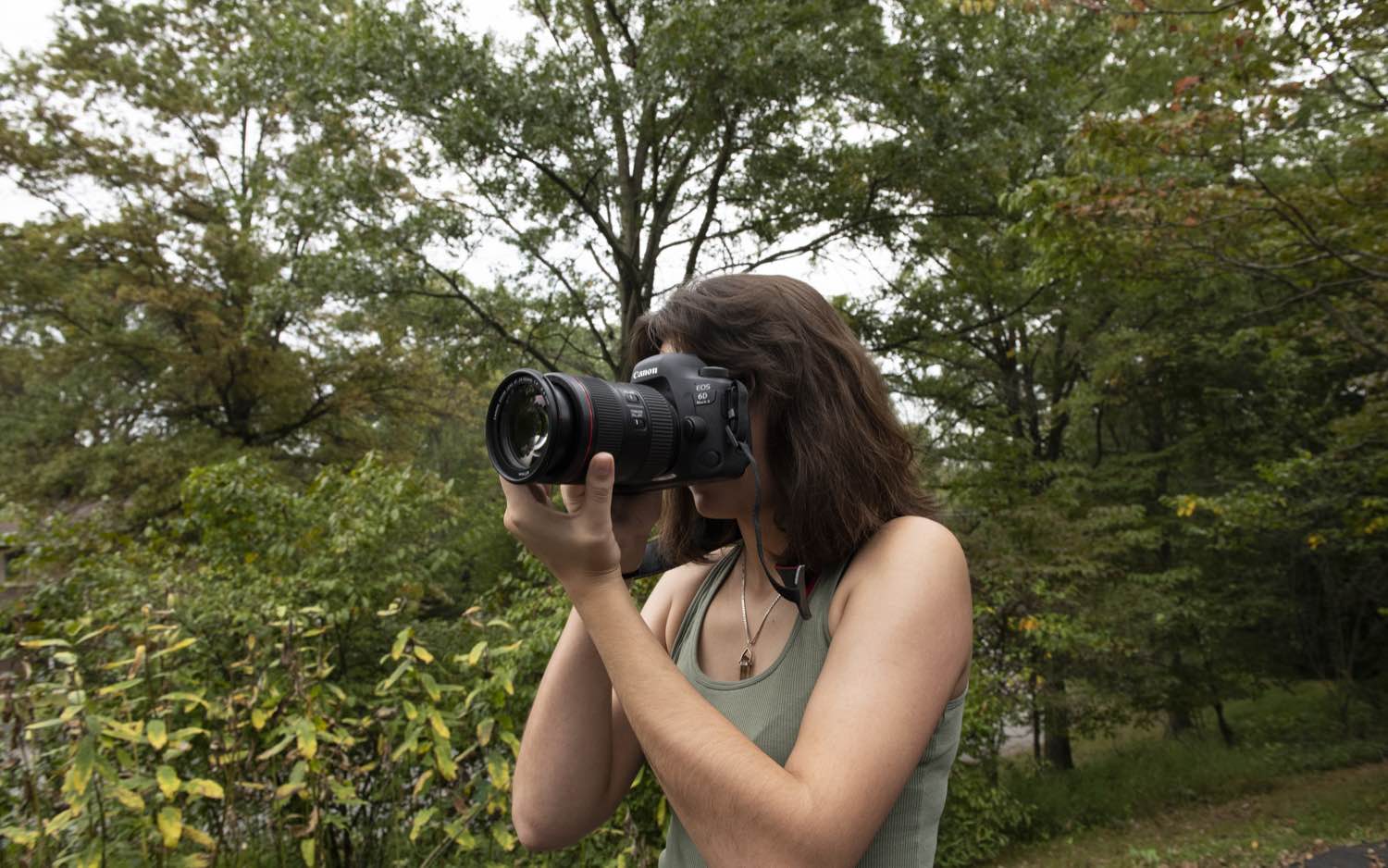
More important, Live View shooting — for both stills and movies — supports Canon's Dual Pixel CMOS AF system, which delivers faster and more accurate focusing than the previous contrast-based AF system in the original 6D. The new AF system also allows for continuous AF in Live View that, although not great for stills, is a step up for focusing in movies. Face Detection in Live view is now possible and works quite well.
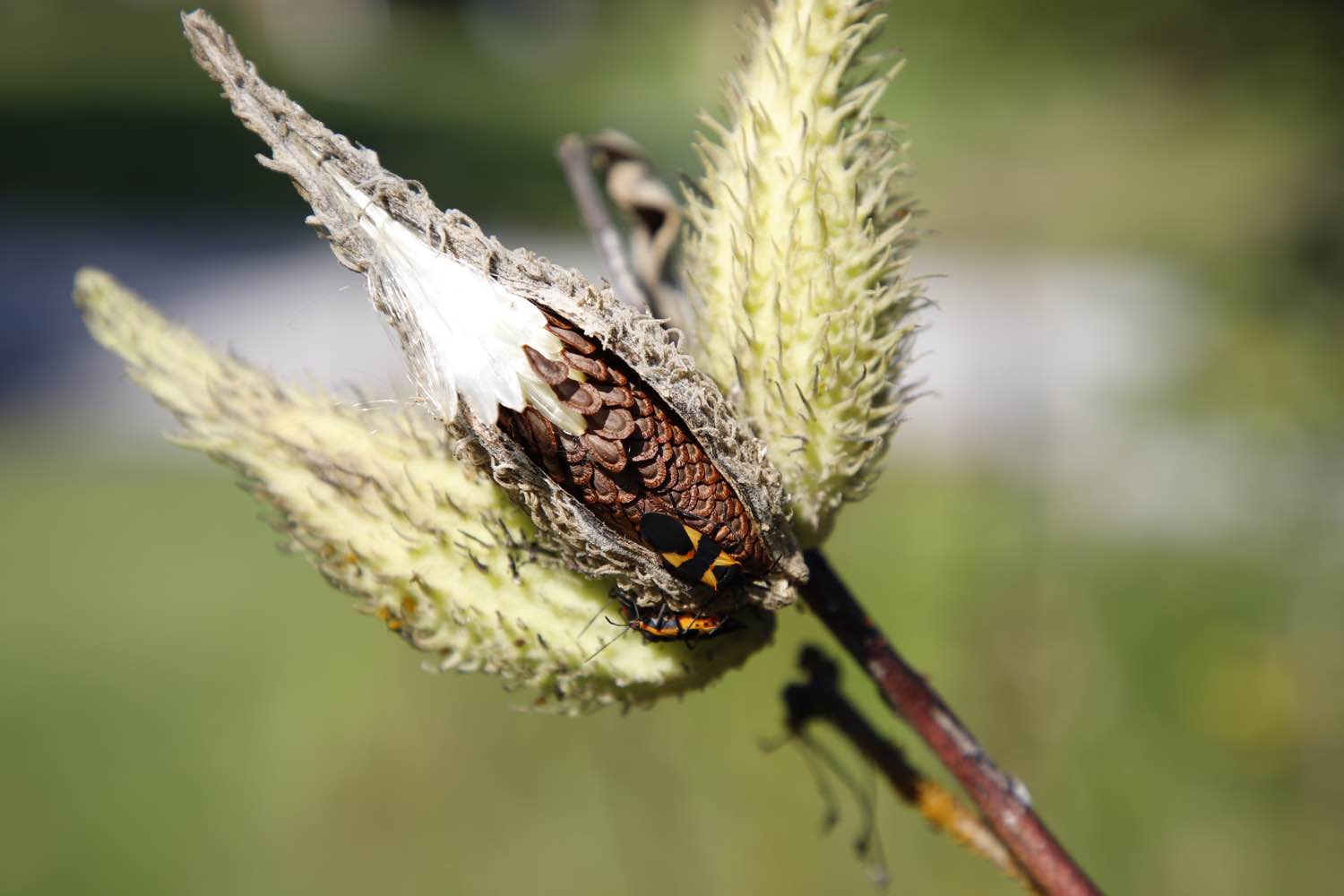
Live View provides more AF point coverage than the viewfinder (80 percent versus about 50 percent horizontal coverage) and offers exposure simulation so you can see how adjusting different parameters (such as white balance) will affect the final image.
MORE: DSLR vs. Mirrorless Cameras: Which Is Better for You?
Battery life
If you shoot exclusively (or almost exclusively) with the viewfinder, you'll be happy with the battery life of about 1200 shots per charge. Unfortunately, the count drops to around 380 shots or less when using Live View, so you may want to pick up an extra battery or two. A battery grip ($199) that holds two batteries is available if you're an especially prolific shooter.
Mobile connectivity and remote shooting
Canon's Camera Connect app provides a wide range of functionality from viewing and transferring image to iOS and Android mobile devices. It's relatively easy to set up using the new NFC or the standard Wi-Fi (although I had a difficult time using Bluetooth and simply stuck with Wi-Fi). Better yet, Canon has done a great job with its remote shooting. You can control camera settings from your mobile device and use touch focus, too.
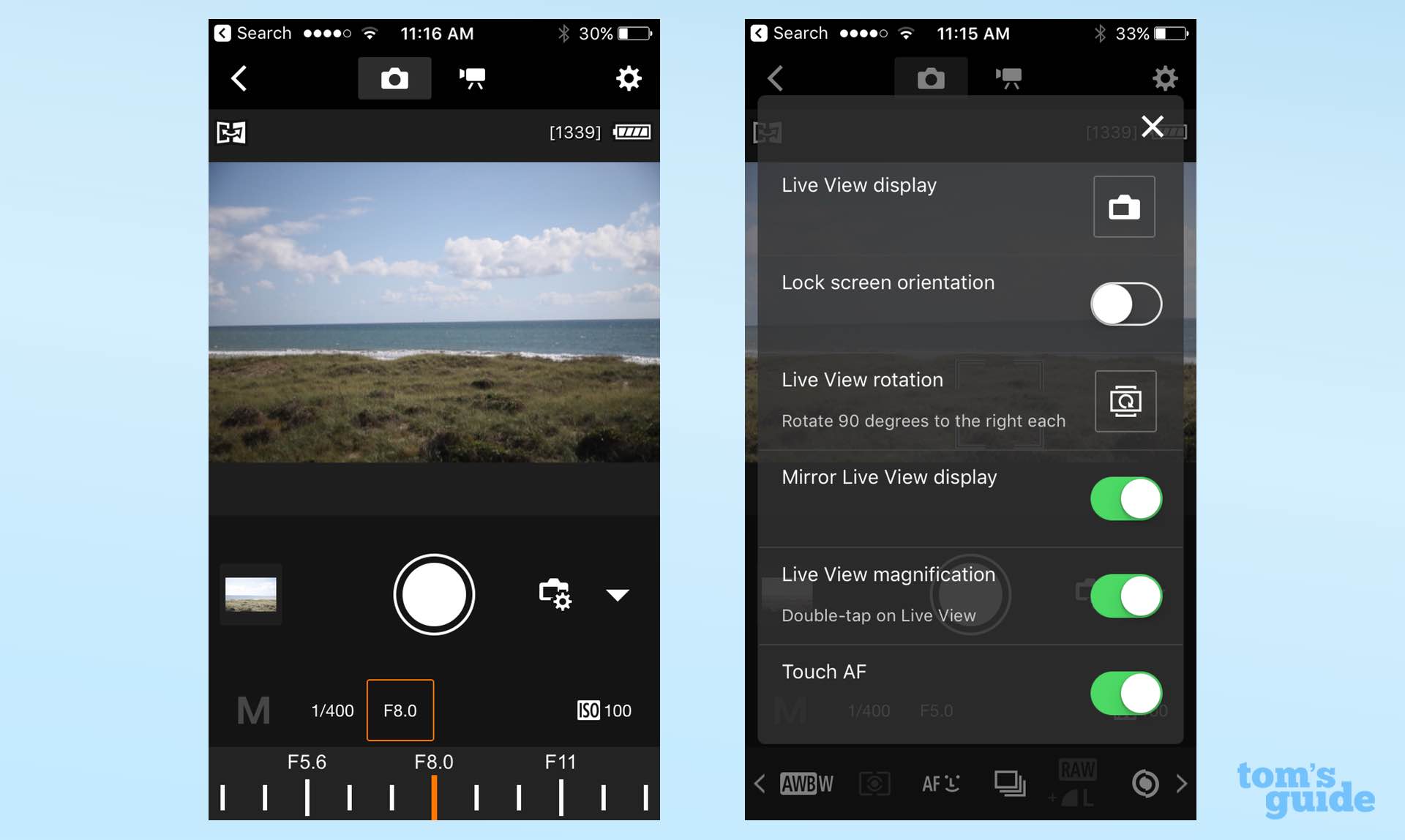
What I Didn't Like
Limited AF point coverage
Sure, Canon upped the AF points from 11 to 45. But since this AF system is borrowed from the 80D's cropped sensor, when you place it over a full-frame sensor, there are "empty" spaces around the perimeter of the frame. That means if you want to shoot off-center with AF, you'll have to focus and recompose.
No 4K video
While the 6D Mark II isn't the newest camera on the block, it's still recent enough that it should have 4K video. Unfortunately, video resolution tops out at full HD (1920 x 1080) and HD (1280 x 720). Both are available at 60fps, 30fps and a "light" 30fps using IPB compression.

And that brings up another issue. The original 6D offered both IPB and ALL-I compression options. While IPB results in smaller files, ALL-I offers higher quality footage, albeit with larger files. While this may not be a deal breaker, people interested in video may be disappointed in the lack of ALL-I.
That said, video quality isn't bad (see the full HD 60fps clip below) but it's just not as pro-level as we'd like. On a positive note, the 6D Mark II's electronic image stabilization for video is effective.
Note: sound is intentionally muted on video because of heavy wind and ocean noise
Single memory card slot
Although not a deal breaker, having dual card slots is always a benefit. You can use the second slot for overflow — perfect for all-day shooting — or build-in backup, for example.
Also, the single slot only supports UHS-1 SD cards. It's not a huge deal since the camera can only shoot a maximum of Full HD and not 4K, but faster is always better. For more information about SD card classifications go to: https://www.sdcard.org/consumers/choices/speed_class/index.html
No joystick for AF point selection
More often than not, I prefer to choose a specific focus point when shooting and found that using the 6D Mark II's 4-way controller on the rear of the camera was a little problematic. The controller is located inside the rear dial and it was sometimes difficult to find the right spot on the controller to move the focus point. It works, but it is not as definitive to the touch as a joystick.
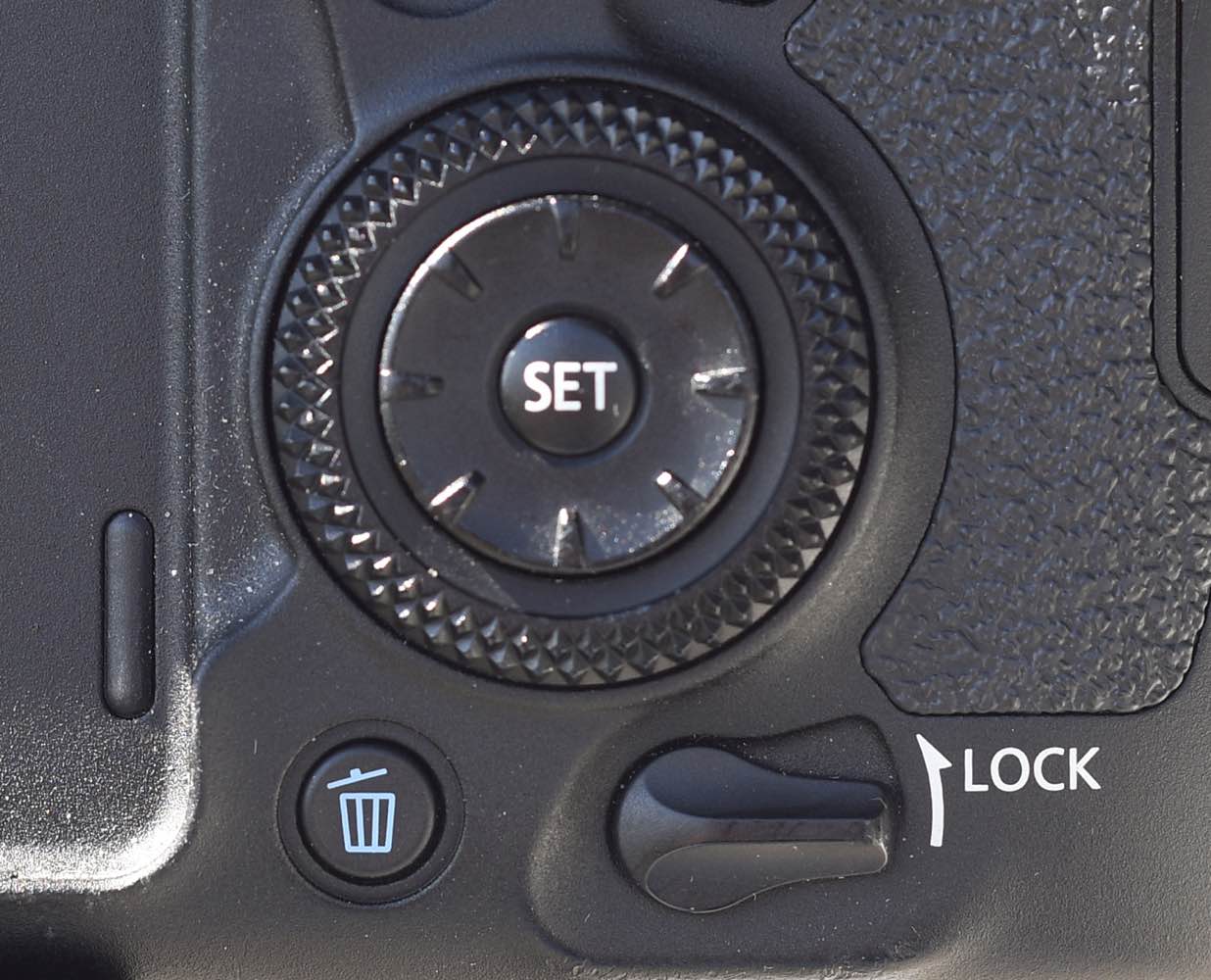
Not compatible with Canon EF-S lenses
This caveat applies across the board to all Canon full-frame cameras: You cannot use EF-S (lenses designed for APS-C Canon cameras like the 80D) with the 6D Mark II or any other Canon full-frame camera, because the lens does not cover the larger sensor. Canon has also designed the EF-S lenses so they actually will not mount on a full-frame camera; you need to use Canon's full frame EF lenses. (You can use EF lenses on an APS-C camera, however.)

Nikon full-frame cameras have a crop mode so you can easily interchange full-frame (FX) and crop sensor (DX) lenses between the two types of cameras. I'll never understand why Canon didn't do the same thing since it really limits the usefulness of EF-S lenses.
Bottom Line
The Canon EOS 6D Mark II is an all-around solid performer -- from image quality to AF speed and accuracy. A full complement of features and an easy-to-use mobile app for remote shooting and image transfer make this an appealing camera, particularly at its $1,299 price. If you're really into video, the lack of 4K may be a deal breaker, however.
The 24MP Nikon D750 ($1,400 body only; $1,900 with a 24-120mm VR lens) is a comparable full-frame DSLR; it has a built-in-flash, dual card slots and a headphone jack, but lacks the articulated touch screen, higher ISO and some AF benefits of the Canon 6D Mark II.
If you're not locked in to the DSLR form, and you are a little more flush with cash, check out the Sony A7IIK full-frame mirrorless camera ($998 with 28-70mm kit lens). It offers 24MP resolution in a smaller and lighter body, though its video also maxes out at 1080p.
Overall, the Canon EOS 6D Mark II is a good option for moving into full-frame photography.
Credit: Theano Nikitas/Tom's Guide
Theano Nikitas is a freelance journalist and photographer. She's been writing about photography for more than 20 years, contributing countless reviews of cameras, lenses, accessories and software packages to Tom's Guide. Her work has also appeared in dozens of other magazines and websites, including CNET, DPreview, PopPhoto, Professional Photographer and Shutterbug.

